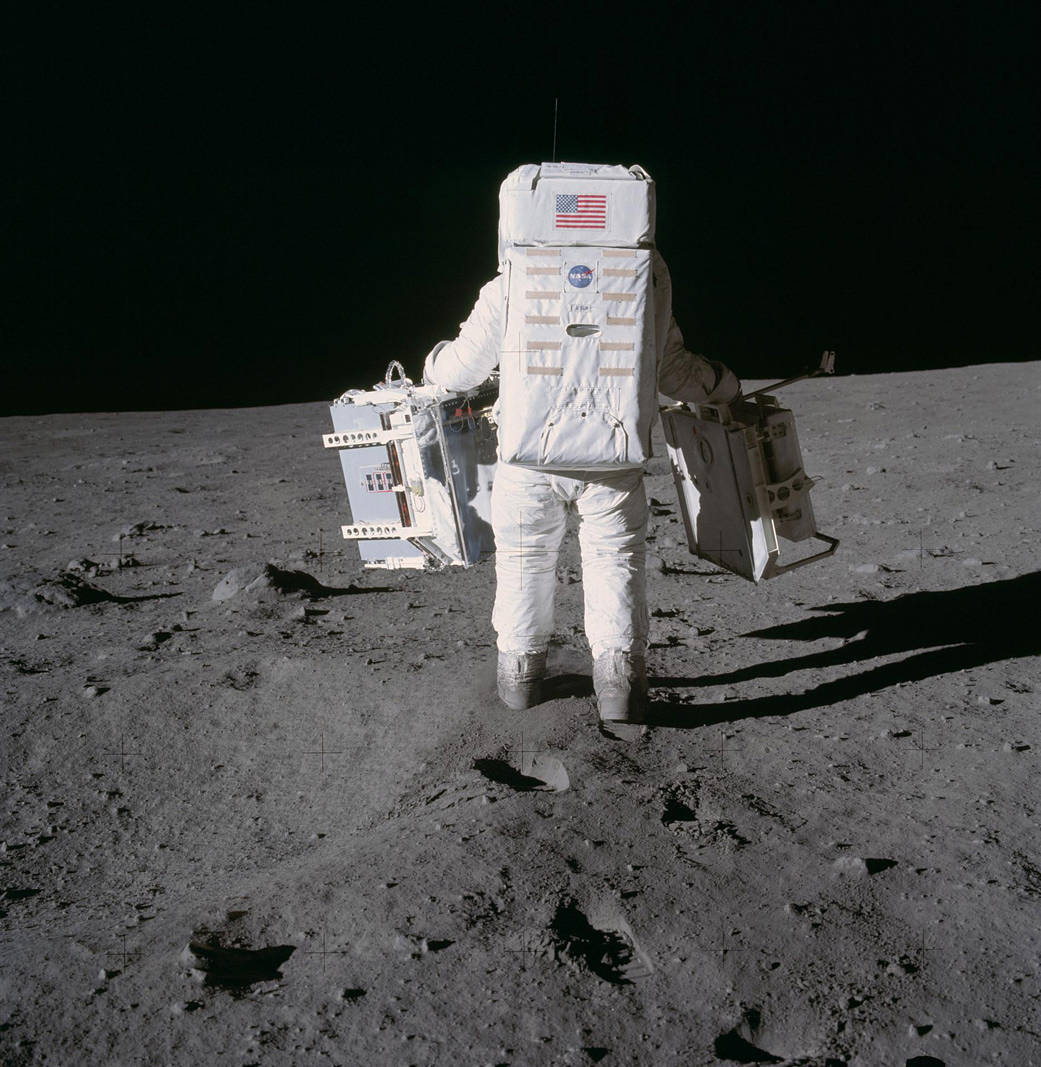When Apollo 11 landed on the Moon, the crew brought devices with them called retroreflectors, which are essentially small arrays of mirrors. The plan was for scientists on Earth to aim lasers at them and calculate the time it took for the beams to return. This provided exceptionally precise measurements of the Moon’s orbit and shape, including how it changed slightly based on Earth’s gravitational pull.
Research with these Apollo-era lunar retroreflectors continues to this day.
Scientists want to perform similar experiments on the Red Planet and NASA’s Perseverance rover – scheduled to land on Mars on Feb. 18, 2021 – carries with it the Laser Retroreflector Array. There’s also small one aboard the agency’s InSight lander, called Laser Retroreflector for InSight.
While there is currently no laser in the works for this sort of Mars research, the devices are geared toward the future: Reflectors like these could one day enable scientists conducting what is called laser-ranging research to measure the position of a rover on the Martian surface, test Einstein’s theory of general relativity, and help make future landings on the Red Planet more precise.
In this image, Apollo 11 astronaut Buzz Aldrin carries two components of the Early Apollo Scientific Experiments Package (EASEP) on the surface of the Moon. The Passive Seismic Experiments Package (PSEP) is in his left hand; and in his right hand is the Laser Ranging Retro-Reflector (LR3).
Image Credit: NASA
当阿波罗11号登陆月球时,宇航员们随身携带了一种叫做反光镜的装置,它本质上是一些小的反射镜阵列。该计划是让地球上的科学家将激光瞄准它们,并计算光束返回所需的时间。这为月球的轨道和形状提供了异常精确的测量,包括月球是如何根据地球的引力轻微改变的。
这些阿波罗时代的月球反光镜的研究一直持续到今天。
科学家们希望在红色星球上进行类似的实验。NASA的毅力号漫游者计划于2021年2月18日登陆火星,携带激光反反射器阵列。NASA的InSight着陆器上还有一小块,称为InSight激光逆反射器。
虽然目前还没有用于这类火星研究的激光器,但这些设备是面向未来的:有一天,像这样的反射器可以让科学家们进行所谓的激光测距研究,以测量火星表面的火星车的位置,测试爱因斯坦的广义相对论,并帮助未来在这颗红色星球上的着陆更加精确。
在这张图片中,阿波罗11号宇航员巴兹·奥尔德林携带着早期阿波罗科学实验包(EASEP)的两个部件在月球表面。他的左手拿着被动地震实验包(PSEP);在他的右手是激光测距反反射器(LR3)。
影像来源:NASA



